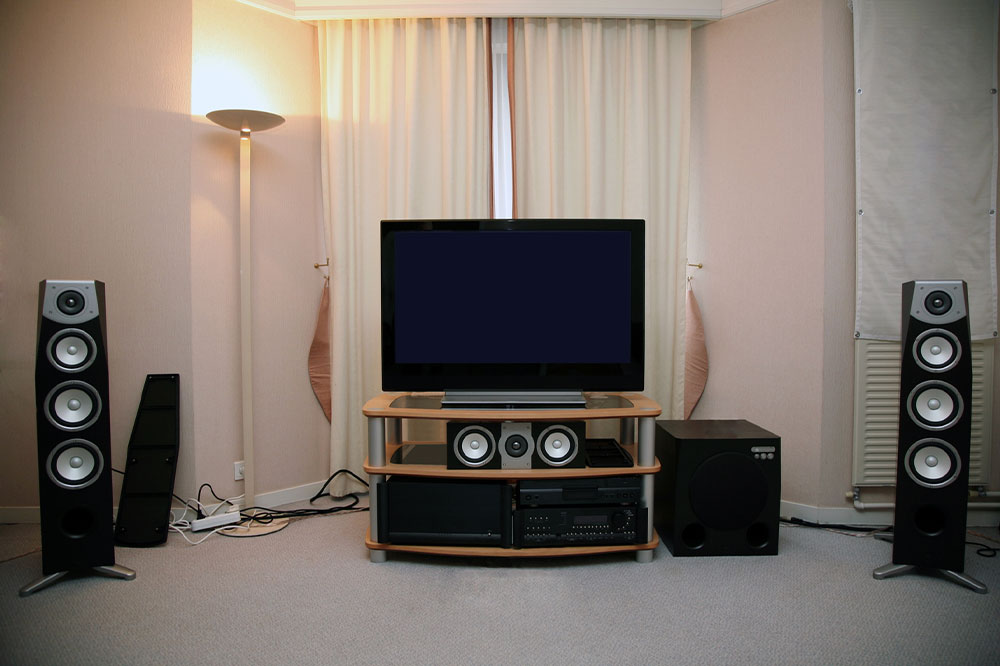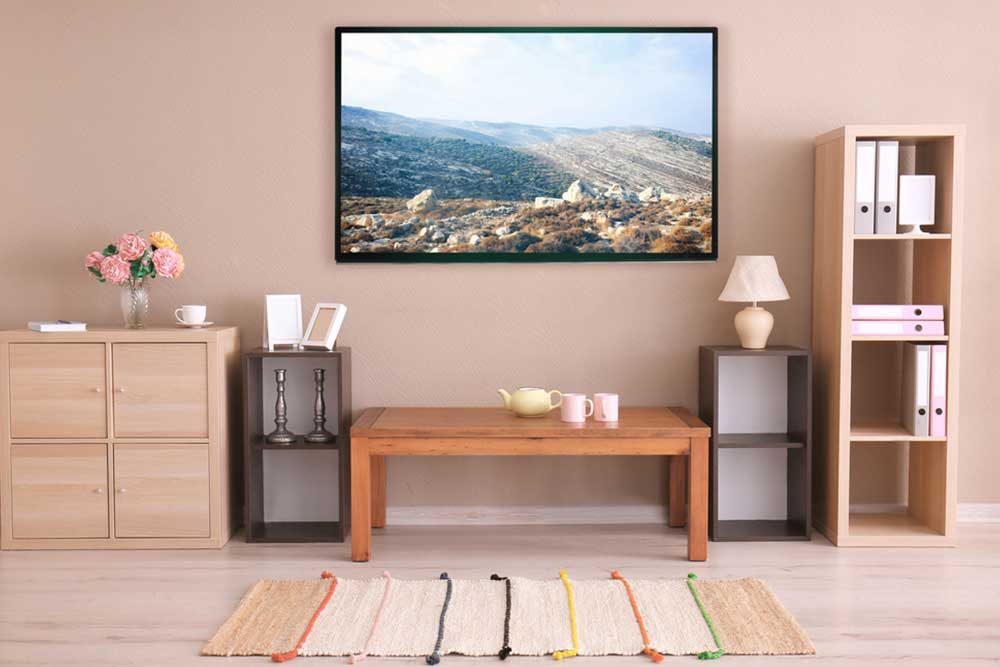2018 TV Industry Trends and Technological Innovations
The 2018 TV industry saw significant technological advances, including larger OLED screens, 4K and 8K resolutions, and smarter TVs integrated with voice assistants. Streaming services became central to entertainment, and affordability of high-quality models increased global access to advanced features. Chinese brands expanded their market presence, and innovations in display tech enhanced picture quality, shaping a decade of rapid progress in home entertainment technology.

The television industry in 2018 experienced a remarkable evolution driven by rapid advancements in technology and changing consumer preferences. This year marked a significant shift towards larger and more immersive screen experiences, with OLED displays taking center stage as the preferred technology for premium visual quality. The proliferation of Ultra High Definition (UHD) and High Dynamic Range (HDR) technologies further elevated the viewing experience by delivering sharper images, richer colors, and improved contrast ratios. These innovations transformed traditional televisions into sophisticated entertainment hubs suitable for modern digital lifestyles.
One of the most noticeable trends in 2018 was the rising popularity of smart TVs integrated with voice recognition assistants. Consumers increasingly demanded devices that could seamlessly connect to streaming platforms like Netflix, Hulu, Amazon Prime Video, and more. These smarter TVs incorporated leading voice assistants such as Google Assistant and Amazon Alexa, providing hands-free control, personalized recommendations, and effortless navigation. This integration made accessing entertainment content more intuitive and user-friendly, reflecting broader shifts towards connected home ecosystems.
Streaming services transitioned from just being an alternative option to becoming the primary method of content consumption for many viewers. This shift prompted TV manufacturers to include better internet connectivity and smarter interfaces in their products, ensuring that users could access their favorite shows and movies without hassle. As a result, the market saw a surge in demand for internet-enabled televisions that supported multiple apps and provided seamless streaming experiences.
International brands, especially Chinese manufacturers like TCL and Hisense, expanded their presence in both domestic and global markets by offering affordable yet high-quality television models. These brands gained recognition for their cost-effective 4K UHD TVs and innovative features, challenging more established industry giants and providing consumers with a wider range of options. Their aggressive pricing strategies and technological advancements helped democratize access to advanced television features, making high-resolution displays accessible to a broader audience.
In 2018, the affordability of 4K televisions significantly improved, bringing ultra-high-definition content closer to mainstream households. As prices decreased, more consumers invested in 4K models, enjoying enhanced clarity and detail over traditional HD televisions. Additionally, Samsung announced the launch of 8K televisions across multiple sizes, signifying a strong industry inclination towards higher resolution standards. Although 8K content was sparse at the time, manufacturers anticipated future demand for ultra-high-definition media, paving the way for next-generation broadcasting and streaming services.
Moreover, the industry saw innovative display technologies such as quantum dot enhancements in LCD screens and improvements in panel design that delivered better color accuracy, viewing angles, and energy efficiency. These technological improvements contributed to a richer and more immersive viewing experience, supporting the overall trend toward high-fidelity visual content.
Overall, 2018 was a pivotal year for the TV industry marked by technological innovations, an increase in consumer adoption of smarter, larger display screens, and a shift towards higher resolution standards. These developments laid the groundwork for future advancements in television technology, influencing industry direction and consumer expectations in the years to come.





